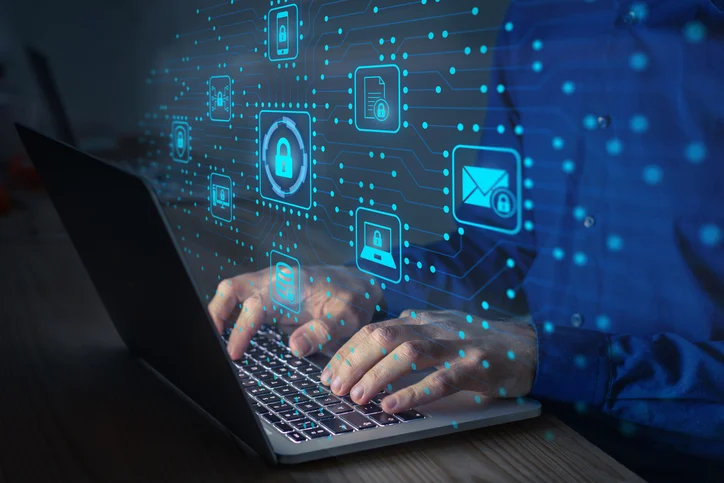The purchasing trends of items associated with suicide reflect broader social, psychological, and economic factors that can offer insights into societal well-being and the effectiveness of mental health interventions. Analyzing these trends is essential for understanding the complexities surrounding mental health crises and formulating targeted responses to prevent them. Recent studies have revealed that certain items, often linked to suicide attempts or completions, have seen fluctuating purchasing trends over the years. Commonly identified items include over-the-counter medications, pesticides, and firearms. Each of these categories is associated with distinct demographic and geographic trends.
Medications – The availability and misuse of over-the-counter OTC medications have been closely studied. Medications such as analgesics, antihistamines, and cold remedies are frequently involved in overdose cases. Trends show that the ease of access and widespread availability of these medications often correlate with increased incidents of overdose. Additionally, the rise of online pharmacies and the lack of stringent regulations in some regions exacerbate this issue.
Pesticides – In certain agricultural regions, pesticides are more commonly used in suicide attempts. The availability of these substances in rural areas, where they are readily accessible, has been linked to higher rates of suicide. Efforts to restrict access and improve safety measures have seen varying levels of success, with some regions experiencing a decline in pesticide-related suicides due to stricter regulations.
Firearms – The association between firearm ownership and suicide rates has been a subject of intense debate. Firearms are a highly lethal means of suicide, and trends show that regions with higher rates of gun ownership often have higher suicide rates. Research indicates that reducing access to firearms or implementing safe storage practices can significantly impact suicide rates, highlighting the need for targeted policy interventions.
The trends in the purchasing of suicide-related items reveal several critical social implications:
Mental Health Awareness and Support – Increased access to items associated with suicide underscores the urgent need for improved mental health awareness and support systems. Many individuals who attempt suicide may not seek help due to stigma or lack of access to mental health services. Greater emphasis on mental health education and accessible support services can address underlying issues and potentially reduce suicide rates.
Regulation and Policy – The patterns of purchasing trends point to the need for more effective regulation and policy interventions. For instance, implementing stricter controls on the sale of OTC medications and pesticides, as well as promoting safe firearm storage, can mitigate some of the risks associated with these items. Policymakers must consider these trends when developing strategies to prevent suicides and address mental health issues.
Socioeconomic Factors – Economic hardship and social isolation are often linked to higher suicide rates. Purchasing trends can reflect underlying socioeconomic disparities, as individuals facing economic difficulties might be more vulnerable to mental health crises. Addressing these broader socioeconomic factors is crucial for reducing the incidence of suicide and improving overall public health.
How to kill yourself Understanding the purchasing trends of items associated with suicide offers valuable insights into the broader social and psychological factors influencing mental health. By analyzing these trends, society can better address the root causes of suicide, develop effective prevention strategies, and ultimately foster a more supportive environment for those in need.


